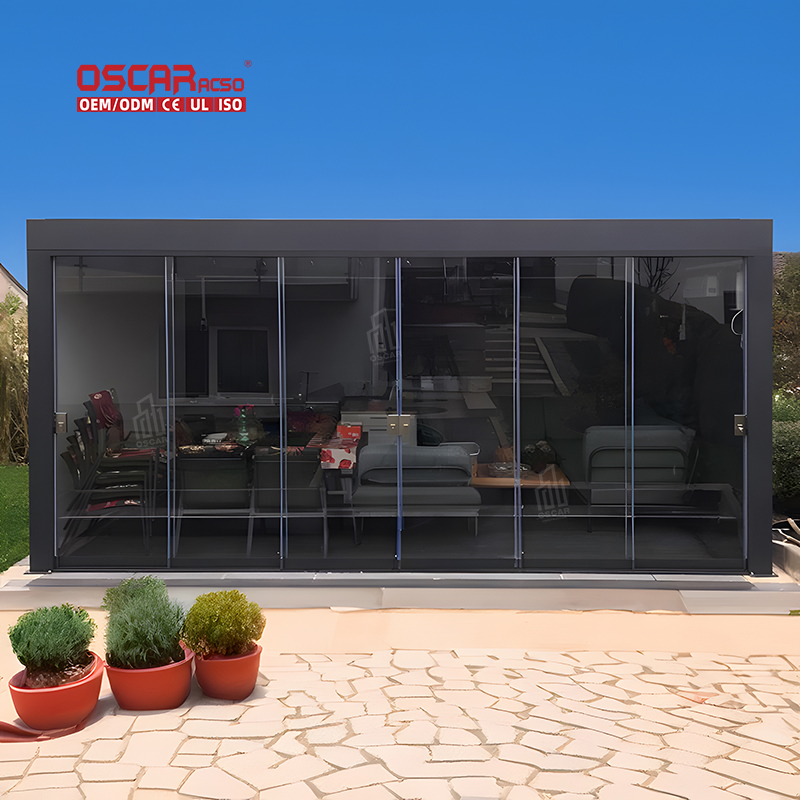Pergola for Flowers, Unleashing the Magic of a Blooming Garden Sanctuary
Imagine stepping into your garden and being greeted by a cascade of colorful blooms overhead, where the air is filled wi...
Why a Flower-Covered Pergola is a Game-Changer for Your Garden 🌿
Choosing the Right Blooms: A Guide to Pergola-Perfect Plants 🌺
- •
For Rapid Color and Fragrance: Star Jasmine is a superstar. Its evergreen foliage provides year-round interest, and the small, white star-shaped flowers release an intoxicating scent on summer evenings ☀️. It’s a self-clinging climber that doesn’t need much attention once established . Similarly, Honeysuckle (Lonicera) offers twining growth and deliciously perfumed flowers that are a magnet for pollinators like hummingbirds . - •
For a Classic Romantic Look: You can’t go wrong with Climbing Roses. Varieties like ‘Eden’ or ‘Cecile Brunner’ provide months of lush, fragrant blooms that evoke a timeless, cottage-garden charm. For a truly fairytale effect, Wisteria is unparalleled. Its cascading clusters of purple or white flowers in spring create a breathtaking canopy, though it requires a sturdy structure and patience, as it can take 3-5 years to flower fully . - •
For a Bold, Modern Statement: Bougainvillea is a fantastic choice for sunny climates. Its vibrant, papery bracts in magenta, orange, or crimson provide a long-lasting explosion of color with minimal water needs once established. It’s a hardy, fast-growing climber that makes a real impact . - •
For the Edible Landscape: Why not combine beauty with function? Grapevines provide a dense, leafy canopy and the bonus of succulent fruit hanging overhead. Scarlet Runner Beans offer bold red blooms that are also edible, creating a playful and productive pergola .
Design Inspirations: From Cottagecore to Modern Minimalism 🏡
Pro Tips for Installation and Long-Term Success 🔧
.jpg)

.jpg)

.jpg)

